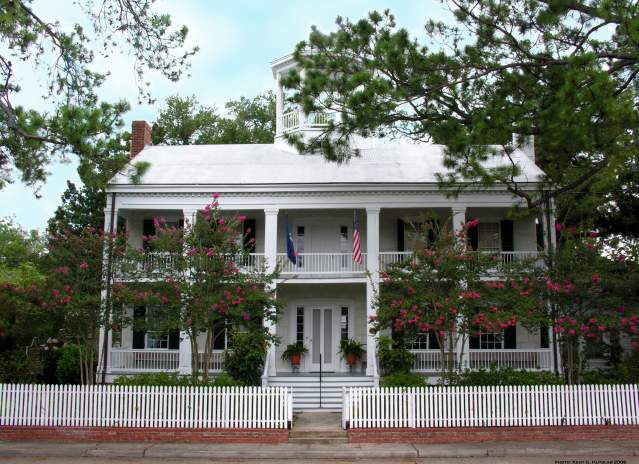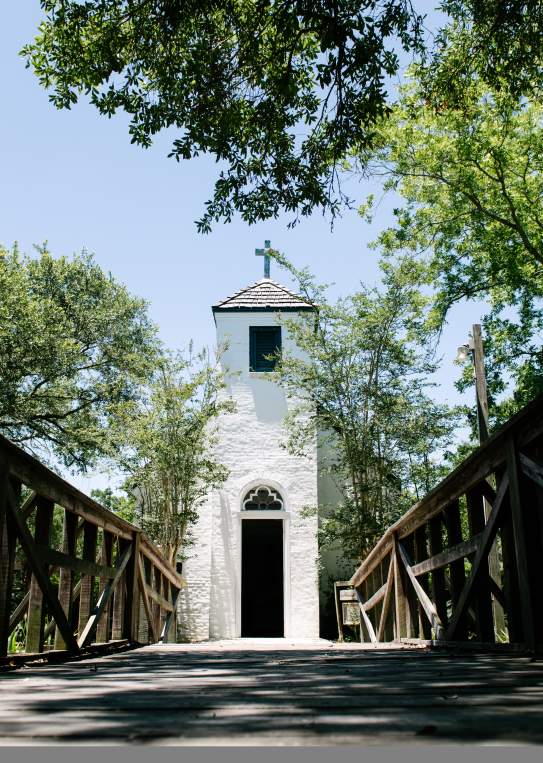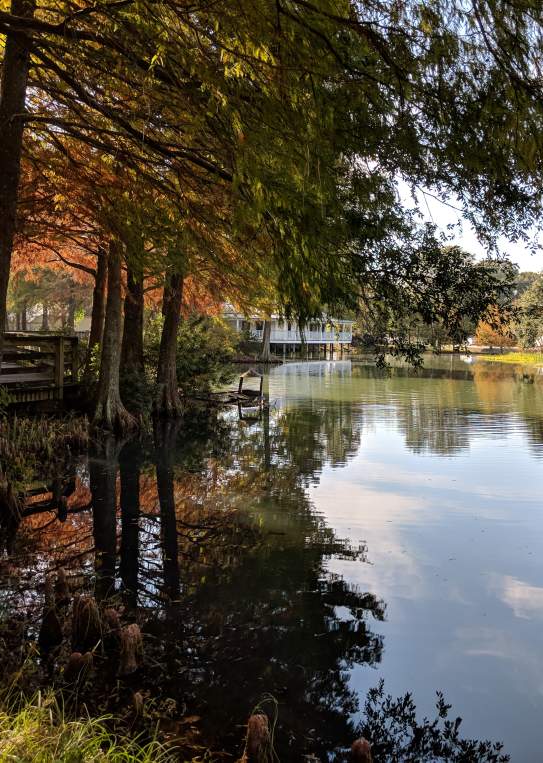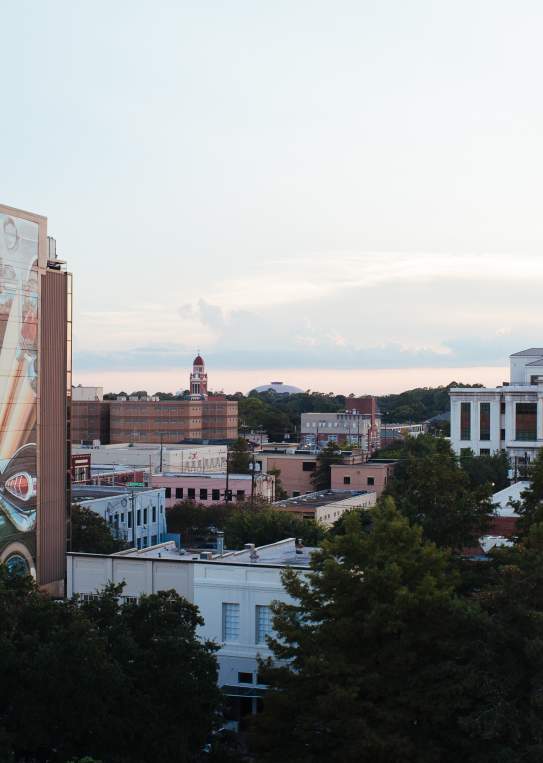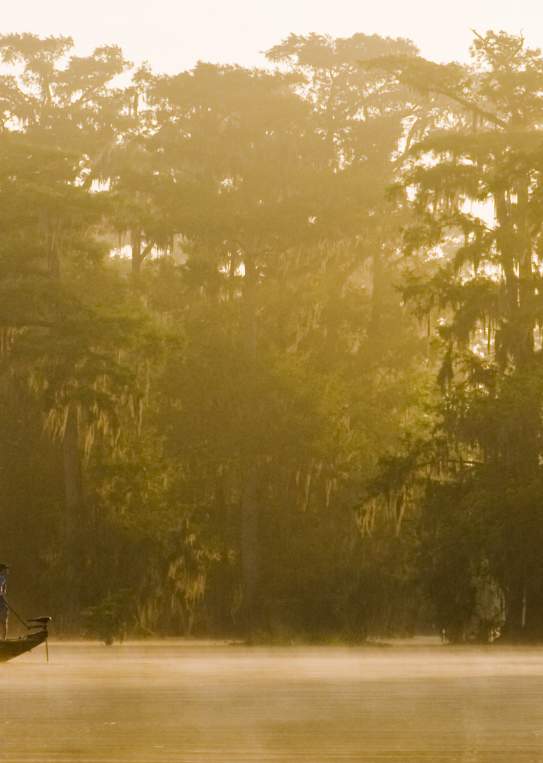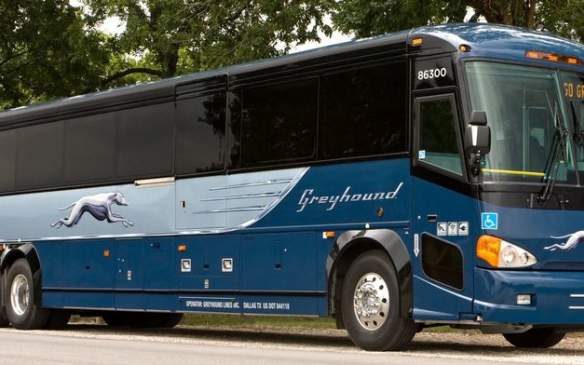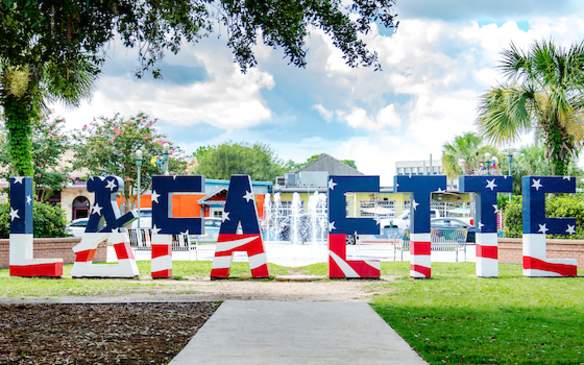Your browser is not supported for this experience.
We recommend using Chrome, Firefox, Edge, or Safari.
History
Explore the rich history of Lafayette Parish, where indigenous Atakapa-Ishak, Choctaw, Chitimacha, and Opelousa cultures once thrived. Early settlers from France, Spain, and Acadia established vibrant communities along the Vermilion River and its bayous. Jean Mouton and surveyor John Dinsmore, Jr. designed St. Jean du Vermilionville in the 1820s, evolving into Vermilionville. Later, in 1823, Lafayette Parish was carved from St. Martin Parish, named after Marquis de Lafayette, a revolutionary hero. The town evolved into Lafayette and became the central hub of Acadiana, blossoming with a railroad stop, a dynamic population, and a bustling business district. To explore more of Lafayette, LA’s history, see below.
Inspiration Journal
Lafayette's blog showcasing the food, music, culture and history at the heart of Cajun & Creole Country.
See All PostsMay Events Spotlight
Performance Series May 2 | ASO: The Red Violin | St. Mary’s Church This concert will double as the Season 39 finale and the premiere for ASO's first-ever international…
Lafayette Weekly
The streets of Lafayette will be a little quieter and less crowded this week in the wake of Festival International, but there’s still plenty of live music to catch. The…
Crawfish Capital of the World Calling
Get ready for a belly-full of fun and a Cajun experience like no other! The Breaux Bridge Crawfish Festival, held the first weekend in May, isn't just about crawfish (although…
Civil Rights Trail in Lafayette
The U.S. Civil Rights Trail marks important landmarks, primarily in Southern states, where activists challenged segregation in churches, courthouses, schools, and other sites in…
Getting to Lafayette
The city of Lafayette, LA is located in the center of Lafayette Parish at the intersection of I-10 and I-49 between New Orleans and Houston and only 35 miles north of the Gulf of Mexico.
